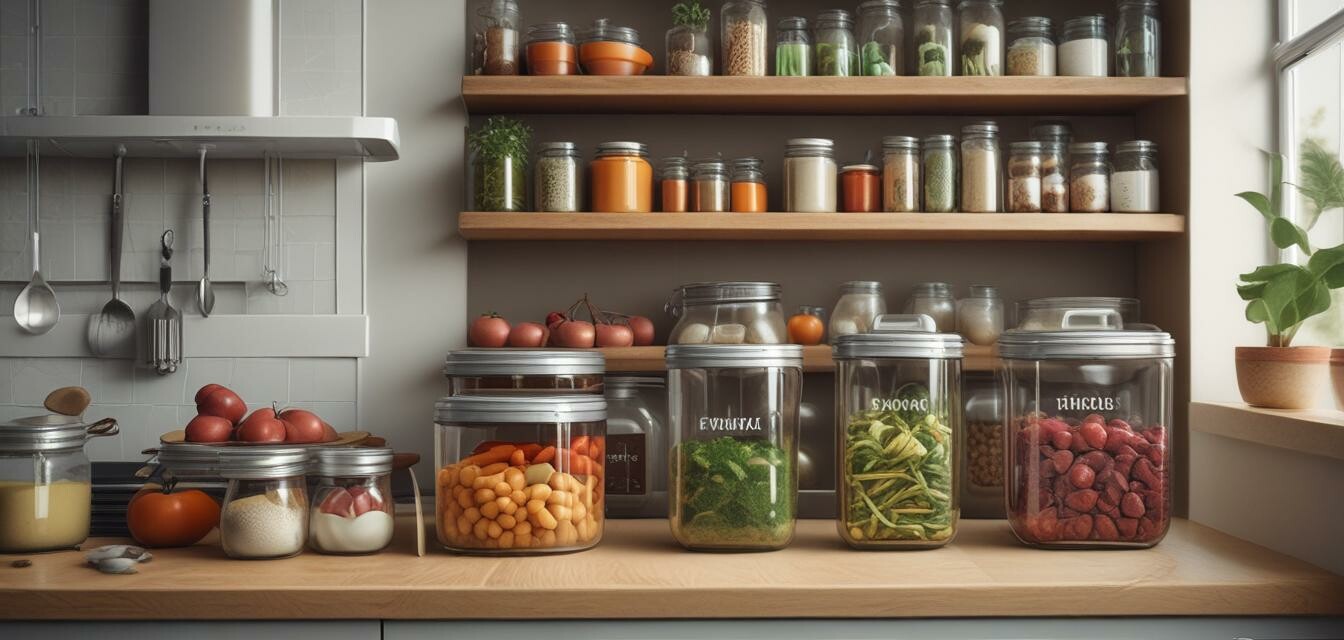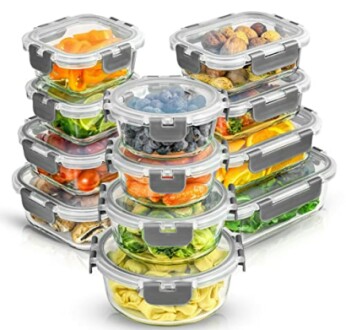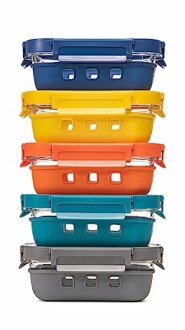
Best Practices for Sustainable Food Handling
- Understand the importance of sustainable food handling practices.
- Utilize eco-friendly storage solutions to minimize waste.
- Implement meal prep strategies to reduce food spoilage.
- Adopt proper temperature control to ensure food safety.
- Emphasize the use of non-toxic kitchenware.
In today's world, sustainable food handling practices have become essential in every kitchen. Not only do these practices help to maintain food freshness, but they also significantly reduce waste, contributing to a healthier planet. This guide outlines the best practices for sustainable food handling, ensuring that your culinary endeavors are as eco-friendly as possible. Let’s explore these practices in detail.
1. Eco-Friendly Storage Solutions
Utilizing effective storage solutions is crucial in prolonging the life of food items. Here are some eco-friendly options for food storage:
| Storage Type | Description | Benefits |
|---|---|---|
| Borosilicate Glass Containers | Made from durable glass, ideal for freezing and microwaving. | Non-toxic, reusable, and can withstand extreme temperatures. |
| Reusable Beeswax Wraps | A sustainable alternative to plastic wrap, made from cotton infused with beeswax. | Compostable, reusable, and keeps food fresh. |
| Compostable Bags | Bags made from plant-based materials that break down over time. | Reduces plastic waste and is better for the environment. |
Featured Product: JoyJolt JoyFul Glass Storage Containers
JoyJolt JoyFul 24pc Borosilicate Glass Storage Containers with Lids
Durable glass containers perfect for meal prep and food storage without harmful chemicals.
Learn More2. Meal Prep to Reduce Waste
Meal prepping is an effective way to minimize food waste. By planning meals in advance, you can ensure you're using ingredients efficiently and keeping food fresh. Here are some tips for successful meal prep:
- Choose recipes that utilize similar ingredients to avoid excess.
- Store prepared meals in eco-friendly containers.
- Label containers with dates to keep track of freshness.
- Use seasonal ingredients for better flavor and lower environmental impact.
Featured Product: GC GENICOOK Glass Food Storage Containers
Glass Food Storage Container with Glass Lids
A sustainable meal prep container set made from durable glass, ensuring safe food storage.
Learn More3. Proper Temperature Control
Maintaining the right temperature is vital for food safety. Here are best practices for temperature control:
- Keep your fridge under 40°F (4°C) to slow down bacterial growth.
- Use a thermometer to ensure your freezer is at 0°F (-18°C).
- Store leftovers promptly within two hours of cooking to prevent spoilage.
- Defrost food in the fridge, not on the counter, to maintain safe temperatures.
4. Choose Non-Toxic Kitchenware
When shopping for kitchenware, it’s essential to select options that are safe and sustainable. Look for:
- Food grade stainless steel for utensils and appliances.
- Bamboo utensils instead of plastic to reduce waste.
- Glass for food storage rather than plastic to avoid chemical leaching.
5. Composting Food Waste
Composting is a great way to reduce food waste and improve soil health:
- Set up a compost bin in your kitchen or yard.
- Collect vegetable scraps, coffee grounds, and other compostable materials.
- Maintain the compost pile by turning it regularly to aerate.
- Use the resulting compost to enrich your garden soil.
Pros
- Reduces food waste significantly.
- Promotes a healthier lifestyle by using fresh ingredients.
- Contributes to environmental sustainability.
- Saves money in the long run through careful planning.
Cons
- Requires time and effort for meal prepping.
- Initial cost for eco-friendly products may be higher.
- Composting requires some space and commitment.
Conclusion
Implementing these sustainable food handling practices in your kitchen can lead to a healthier lifestyle for you and the planet. By using eco-friendly kitchenware, engaging in meal prep, maintaining proper temperature controls, and composting waste, you are taking significant steps toward sustainability. Choose wisely, prepare thoughtfully, and enjoy the benefits of fresh, healthy food.




